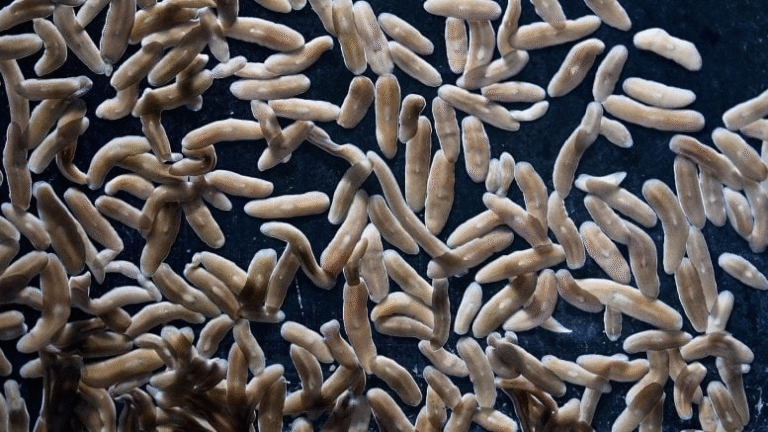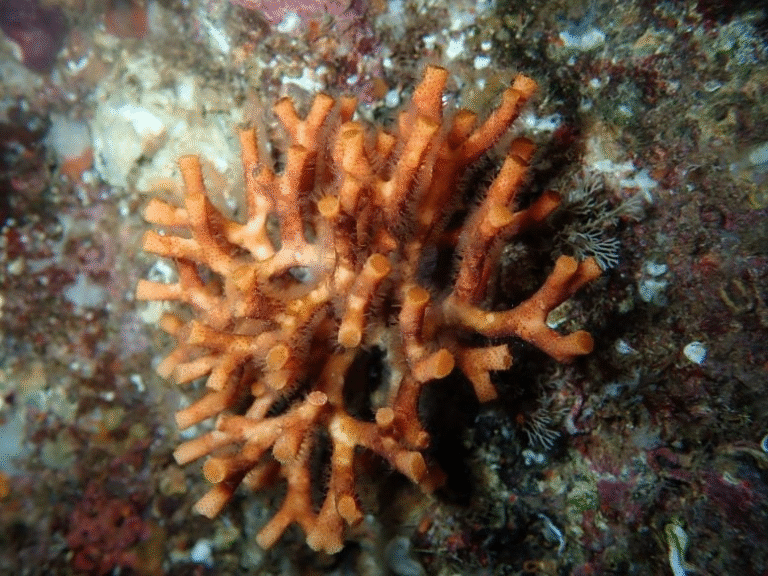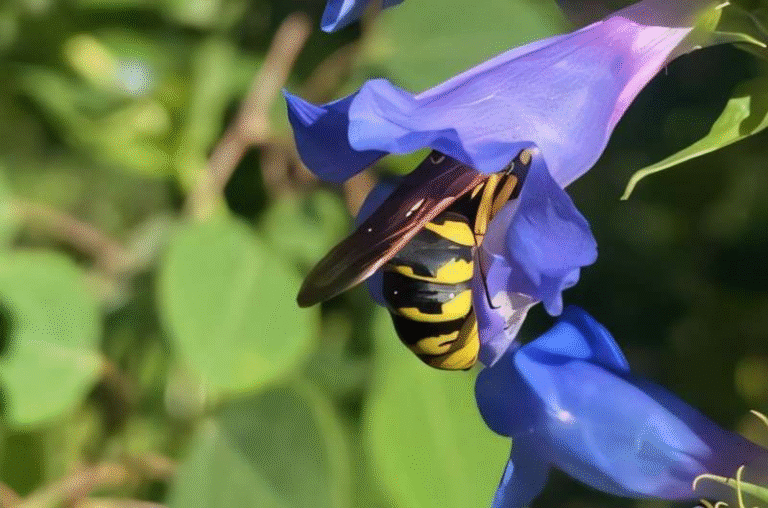Glow-in-the-Dark Succulents Could Be the Future of Night Lights

Imagine walking into your room at night and being greeted not by a lamp, but by your succulent glowing softly in green, red, or blue. Sounds like something straight out of a fantasy movie, right?
Well, thanks to a clever team of scientists, this vision is becoming reality.
How They Glow
Researchers discovered a way to make ordinary succulents light up after being treated with special phosphor particles—the same kind you might remember from glow-in-the-dark toys.
These particles soak up sunlight or LED light and then release it slowly, producing a glow that lasts up to two hours. And we’re not talking about a faint shimmer; the glow is strong enough to illuminate nearby objects or even read a short text.
Unlike previous attempts that relied on expensive genetic engineering (and usually only managed a weak green glow), this method is simple, affordable, and colorful.
By fine-tuning the size of the phosphor particles—around the width of a red blood cell—the team achieved a bright and even shine throughout the succulent’s leaves.
Why Succulents Are Perfect for the Job
The team experimented with various plants, from pothos to bok choy, but succulents stole the show. Their uniform leaf structure allows the particles to spread quickly and evenly, turning the whole leaf into a glowing panel. Just a couple of minutes in the sun, and voilà—your plant is ready to light up your night.
One of the standout trials was with Echeveria “Mebina” succulents, which gave off a glow as bright as a small candle or night light. And because different phosphors can be used, the plants can glow in green, red, blue, or even orange. Researchers even built a living wall with 56 glowing succulents—a real-life piece of sci-fi decor.
Affordable and Quick to Make
What makes this even more exciting is the low cost. Each glowing succulent takes about ten minutes to prepare and costs just over a dollar (excluding labor). That means this technology isn’t locked away in a lab forever—it has real potential to become an everyday product.
The Bigger Vision
The scientists behind this breakthrough aren’t just thinking about cute glowing plants for your windowsill. They’re imagining a world where trees replace streetlights, glowing softly along roads and pathways. Picture an urban park lit entirely by its own vegetation, or gardens that don’t need string lights to create magical nighttime vibes.
Of course, there are still hurdles. The glow fades over time, and the long-term effects of these particles on plants and the environment need more study. Some experts also raise questions about potential pollution if these plants are widely used and eventually discarded. But the researchers stress that this is just the beginning—a proof of concept that shows what’s possible.
A Fusion of Nature and Innovation
What’s truly fascinating is how seamlessly these tiny human-made particles blend with the natural structure of plants. It feels almost magical—like giving nature an extra feature without fundamentally changing it. Instead of battling against nature, the research works with it, creating something new and functional.
So next time you water your succulent, imagine it glowing back at you—soft, colorful, and alive. This isn’t just a quirky experiment; it’s a glimpse into a future where light and life merge in ways we’re only beginning to explore.
Source: Sunlight-powered multicolor and uniform luminescence in material-engineered living plants





